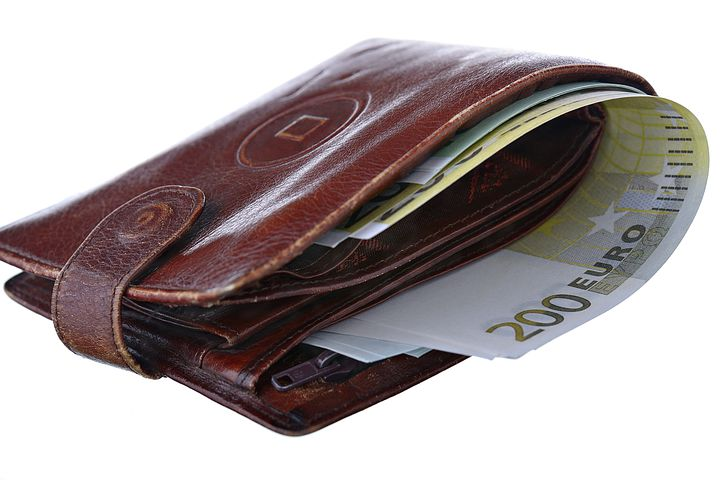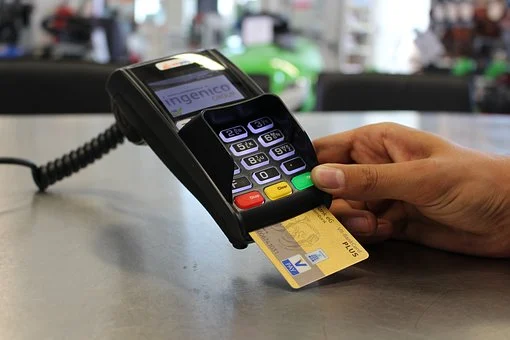Today we are going to talk about money when we travel. And as it is already clear from the title of the article, you can immediately give a brief answer that you can take both cash and a card with you. And which of these is better – we’ll find out!
- ● If you’re going for a short time, you can take the main amount in cash, and the emergency reserve (just in case) to leave on the card. Also, the whole amount in cash should be taken if you go to some remote corners, where there may simply be no ATMs. Then of course you have to calculate how much money you’ll need for the whole trip, and take it all in cash.
- If you are planning to travel for a long time, then taking a lot of cash with you makes absolutely no sense and is not safe. That’s why it’s a good idea to use a plastic card anyway. Traveler’s checks are another option, but they are not always easy to cash. But to lose them is not as terrible as the card – the check can be used only by you – with a document confirming the identity and signature.
Which Is Better: Cash or A Credit Card?
It is better to have a small amount in cash and a comfortable amount on a bank card. At the same time, take care of change bills and coins. You may need them for tips or on markets, because market vendors may try to sell you goods more expensive referring to the lack of change. Especially prudent can take and keep separately the money for a return ticket. It will be useful in case of force majeure.
But cashless payment is not developed everywhere. Therefore, it is better to find out in advance what is the situation with ATMs and terminals in the stores in a particular country. If at the border crossing the card turns into a piece of plastic, take care of cash.
Moreover, if you want to take full advantage of your card, then we advise you to make your account at www.ruscreditcard/account.com. Only here you will find all the instructions on how to create your account and learn how to allocate your money correctly and conveniently. Be sure to try the website of Toys “R” Us and you will not give up your card and cannot resist such great offers!
What Currency to Bring?
There is no universal advice, follow the algorithm:
- Find out what currency is in circulation in the country.
- Find out if you can buy it in your banks and at what rate.
- If so, search on the Internet to find out the exchange rate of dollars or euros for the currency you need in the country you are going to. Calculate what is more profitable: to exchange money for the desired currency in your country immediately, or exchange it for dollars or euros (if you go to EU countries), and then convert them into the appropriate currency on the spot.
- If the second option is more profitable, bring euros or dollars and change them upon arrival.

How to Pay with A Card?
When a vendor swipes a card at a card reader, a complicated process takes place. The machine sends a request to the merchant’s bank for the local currency, the bank sends a request to the card’s payment system, and the system transfers the required amount. Your bank then transfers the money to the payment system. It’s important to know what currency your bank settles with the payment system.
If your bank pays the payment system in rubles, it is advantageous to take a ruble card. If you need another exchange between your bank and the payment system – your currency to dollars or euros, then it is more advantageous to have a card in dollars or euros, otherwise, you’ll have to pay commission twice.
How to Withdraw Money Profitably?
- Another important point is the commission of the bank that owns the ATM. You can find a profitable option without predatory fees in two ways:
- The method of groping, that is, by inserting a card into an ATM. As a rule, information about the amount of commission appears on the screen before the issuance of money, but there may be unpleasant surprises.
How to Protect Cash While Abroad?
The old and effective Captain Hindsight style rules apply here:
- Don’t keep all your money in one place.
- Keep an eye on your wallet.
- Don’t be overly demonstrative of financial well-being.
- Use your room safe, but take a small amount with you.
- Hold your bag tightly.
Have A Separate Card for Travel
Your payroll card gives you access to your checking account and possibly all your savings. To avoid losing them in one fell swoop, get a separate card. Put any money that you plan to spend during your trip into it. Or better yet, transfer to it small amounts of money from your main account through an online bank. Just make sure you’re connected to the network securely.

Use A Fallback Card
If your foresight is pumped up to level 80, you’ve brought another card with you. An empty one. Then the issue is solved simply: you either transfer money from your account to it yourself, or ask someone. Before the trip make an agreement with a person you trust about such a service. Give him or her the money he or she will send you in case of force majeure. This will make it much easier to find help in a stressful moment.
Bottom Line
At the moment, there is not a single country or territory that does not have international banking systems officially in operation. It may seem surprising, but now there are banking terminals even in Antarctica – they are installed at polar explorers’ stations. Transactions can also be made in deserts and jungles. Wherever there is access to the Internet, a plastic card can come in handy.
However, there are a number of territories where either the undeveloped infrastructure or the political problems will definitely not prevent you from using cash. In addition, experts advise taking cash when traveling to post-Soviet countries (Georgia, Ukraine, Moldova, etc.) and to small remote islands (Bali, the Caribbean, etc.). And if you want to share your experiences, then, by all means, come here and write what you use when you travel.
